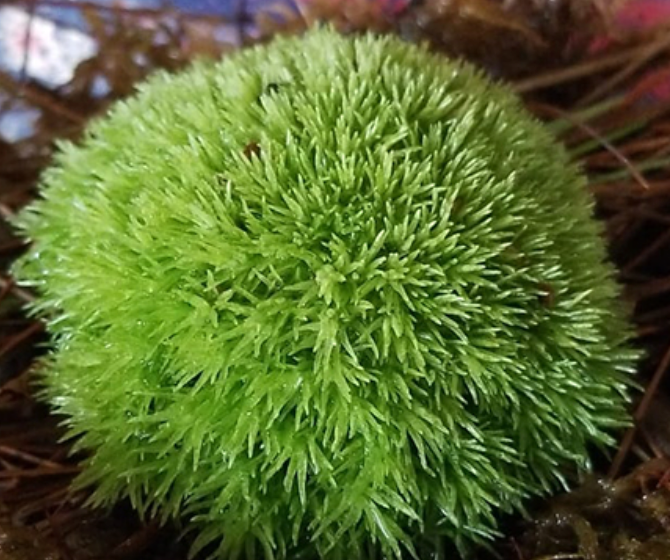Mosswholesale
Terrarium Pearl moss, Plagiomnium affine with Phytosanitary certification and Passport, grown by moss supplier
Terrarium Pearl moss, Plagiomnium affine with Phytosanitary certification and Passport, grown by moss supplier
Impossible de charger la disponibilité du service de retrait
Delivery information: We ship with DHL for orders of 100euros and more we give free shipping, for small orders we ship with Laposte. We will be sending plant passports with each species, your order will arrive in 2-3 days with DHL.
Plagiomnium affine Is a full shade to partial shade high humidity moss that grows on acidic forest compost or peat moss and worm casts
We sell Plagiomnium affine as a grown moss in many dimensions or as inoculated clay/Alfisols discs with spores and mother moss, we also sell the correct "Growing Substrate" for this moss.
If you want to attach moss vertically?
We sell moss stitched to 2 supports in 10x20cm carpets
- Hessian cloth for extra use which can be stapled to a tree! Or glued to wall with out hurting the roots! this allows the moss time to grow over its hessian cloth and new growth will attach naturally. Hessian cloth is biodegradable.
- Plastic mesh for interior use, terrariums living walls and moss art, the plastic mesh can be glued to glass or rock, or any supports, without hurting the mosses roots. And hey presto! you have an instant moss wall!
(When choosing which items to add to your basket please be aware of the difference in 5x5cm Moss: a carpet of moss. and substrate)
watch this video about how we grow this moss, it's substrate, it's uses and how to propagate : https://youtu.be/l3p6bySX9hU
We do Internation post tracking with every order. Your order will be packed safely and I'll send your Internation tracking number so you can follow your order travels to you :)
This moss carpets out sending long leafy branches in all directions up walls rocks earth and wood substrate. Once she has attached and set root she will grow quite quickly. Looking very moist environment near a water feature or pond side. Great as a interior or exterior moss. Plagiomnium affine, the many-fruited thyme-moss, or pearl moss is a species of thyme-moss found in old-growth boreal forests in North America, Europe, and Asia, growing in humid, moist, but not wet, basic to slightly acidic micro-habitats in woodland and in turf.
Forming a thick carpet of long intertwined, stems are usually 3 to 10 cm long, with densely packed translucent leaves that look like little samphire gems when moist, though 10 cm long trailing infertile stems have only sparse leaves, smaller than those on fertile stems. Leaves strongly curled when dry, spreading plane when moist, the basal leaves broadly elliptic to rounded, those at the apex mucronate. Leaf edges of bases decurrent on stem, the upper leaves oblong to lingulate and constricted at base, toothed. The leaf cells are arranged in diagonal rows and are easily discerned with a lens.
Our clay discs are inoculated with Plagiomnium affine spores and mother plant which, once wet, will grow after 3 weeks into moss that then connect together into a carpet and spread from there. The benefit of growing from spores is 1- they grow and thrive in the environment, if terrarium or moss garden, or water feature 2- the clay discs can be molded into any shape once wet and will stick to any surface. You can also divide the discs as they are inoculated with thousands of spores. To give the spores the correct substrate 3 discs is equal to 30x30cm of the substrate, you simply mix the clay disc into the substrate and spread it into a 30x30cm carpet.
check out his video about how we grow this moss on our farm: https://youtu.be/8xYJBjrLKN4
You will be receiving moss which has been dehydrated for shipping, when she arrives just rehydrate her by spraying water on her, and within seconds she comes back to life.
Do have a look at my other dry moss, lichen and liverwort species for sale and buy a selection, terrariums and Paludarium.
Historically, three taxonomic bryophyte groups have been recognized and now represent the three main divisions in this group: Marchantiophyta (liverworts), Bryophyta (mosses) and Anthocerotophyta (hornworts). The three main groups have diversified throughout their evolutionary history, making it difficult to identify the specific characters separating these three groups.
The status of bryophytes as the oldest living land plants is widely accepted.
They evolved about 500 million years ago. Like other land plants, mosses contain green chlorophyll and make their own food through photosynthesis, which involves using the energy of the sun to combine carbon dioxide and water to make sugars.
Mosses are nonvascular plants, which means that they lack a vascular system. Because nonvascular plants lack lignified water-conducting tissues, they can't become as tall as most vascular plants.
The Ecological Roles of Mosses - Mosses play essential roles in the natural world:
Mosses don't need previously developed soil to survive, because they obtain their mineral nutrients from rain or running water.
This means that mosses are sometimes the first to colonize newly exposed areas. They promote soil formation, because (as they grow) dust and humus collects among the stems. When they die, their bodies decompose and add to the developing soil.
Mosses grow where other plants cannot, because they can survive without being rooted in soil. They can survive on cliffs, rocks, steep hills, and tree trunks. Mosses colonize the barren rocks and exposed areas of hills, and make them suitable for growing larger vascular plants by depositing humus soil and plant debris. Mosses can remain alive even during periods of drought, resuming photosynthesis when moistened again by rain or even fog.
Mosses play an important role in the global carbon cycle. They absorb carbon dioxide and release oxygen. In areas with cool climates, decomposition is slow because of cold temperatures. This means that large amounts of carbon are sequestered in the Sphagnum of bogs.
Mosses also contribute to the environment by absorbing water from rainfall and runoff, then slowly releasing it to the ground or atmosphere. This reduces stream erosion and fluctuating lake levels.
Mosses also provide habitat on which many species ultimately depend, underpinning entire ecosystems. Mosses provide shelter for other organisms such as small insects. The insects, in turn, provide food for frogs, which in turn provide food for snakes, which in turn provide food for carnivores like bobcats.
Materials
Materials
Shipping & Returns
Shipping & Returns
Dimensions
Dimensions
Care Instructions
Care Instructions
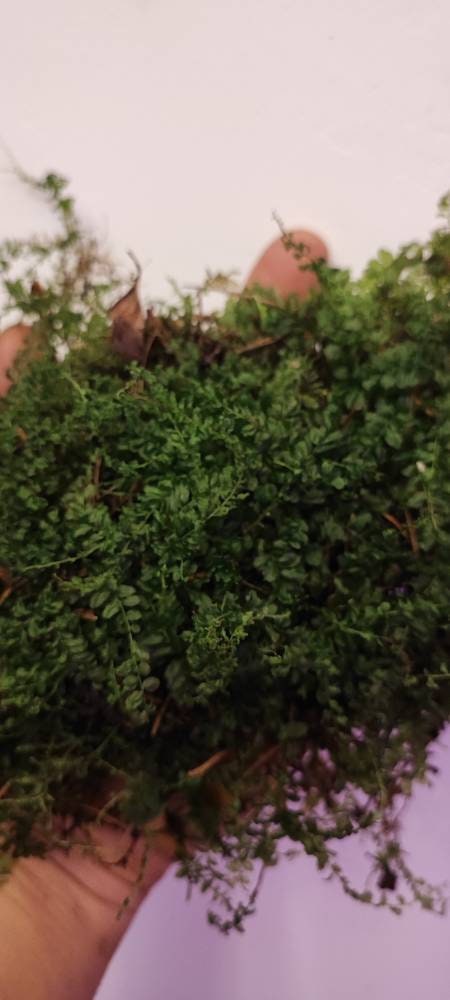
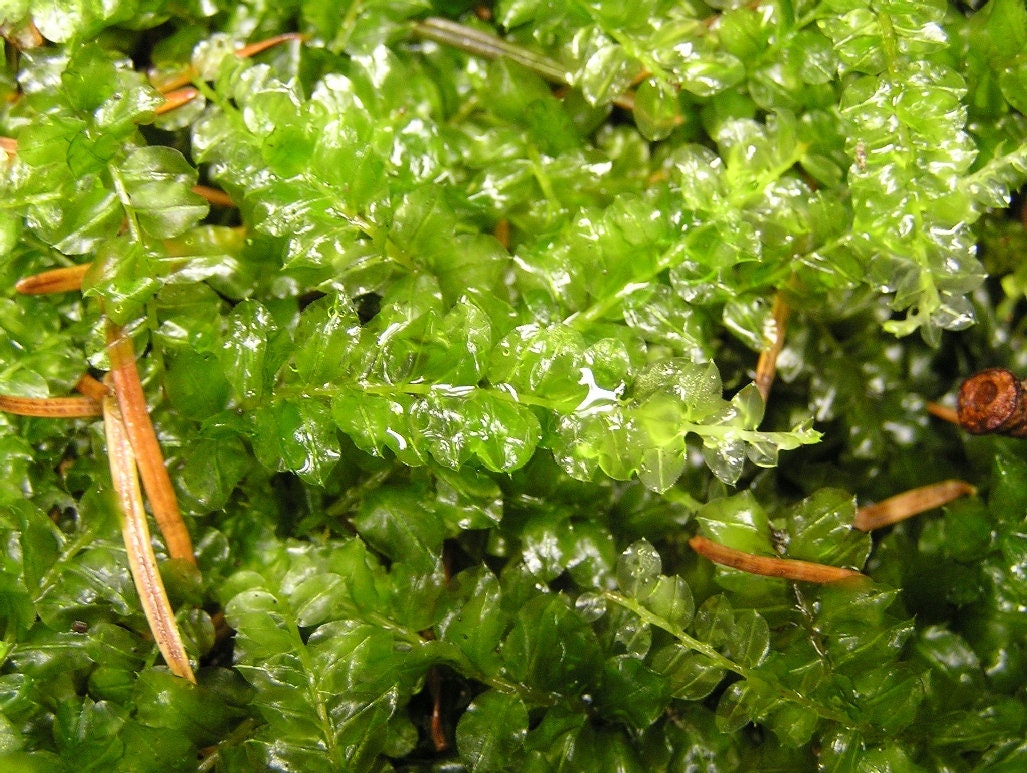
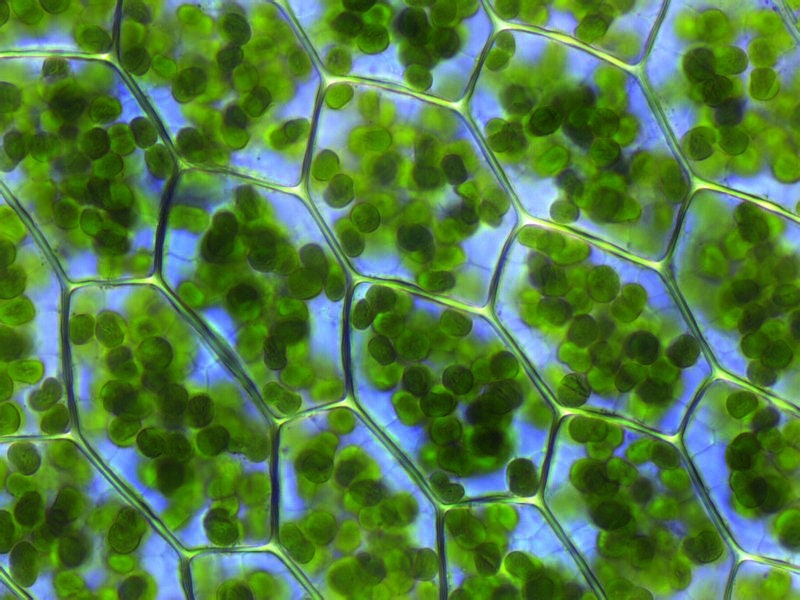
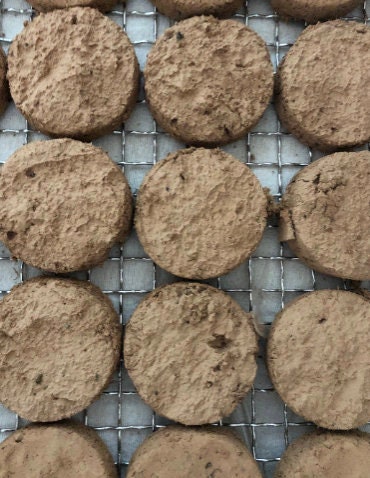
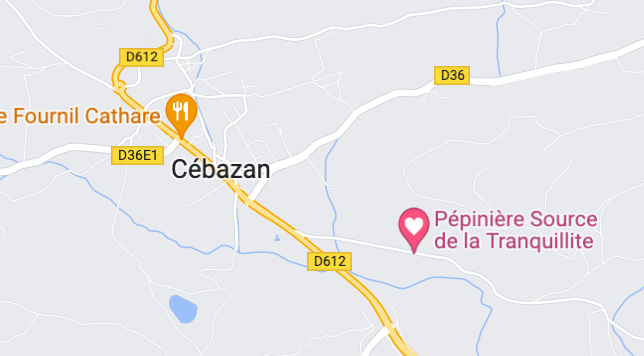
-
Free Shipping
We offer free shipping in France! and internationally for orders of 500 euros or more.
